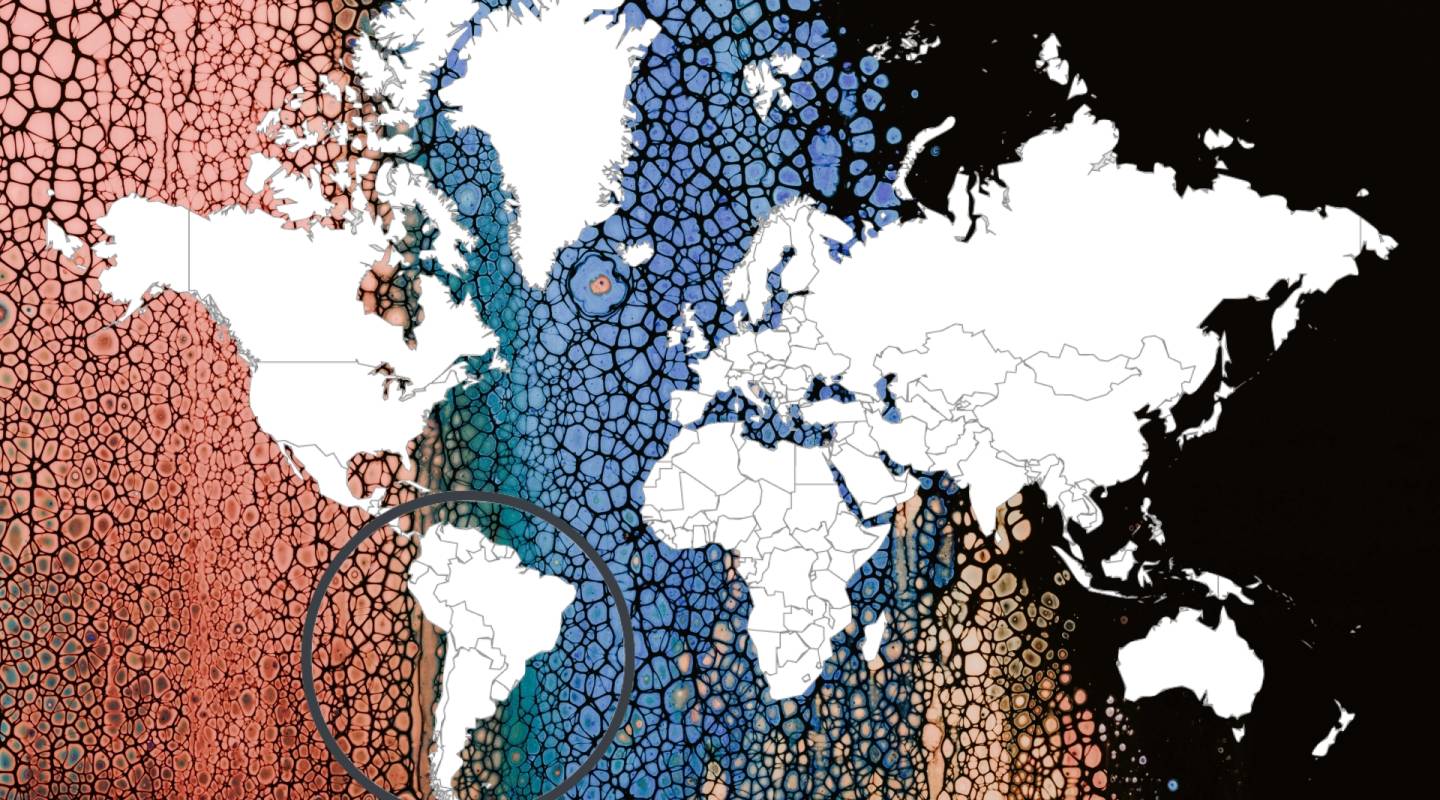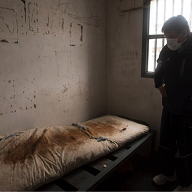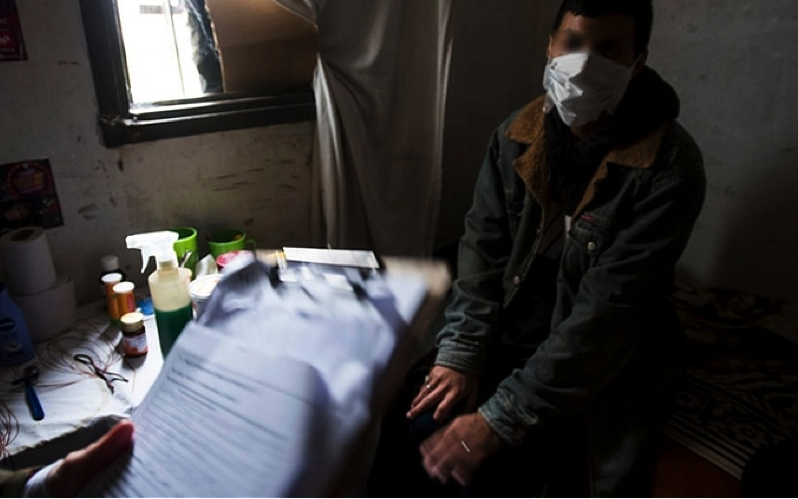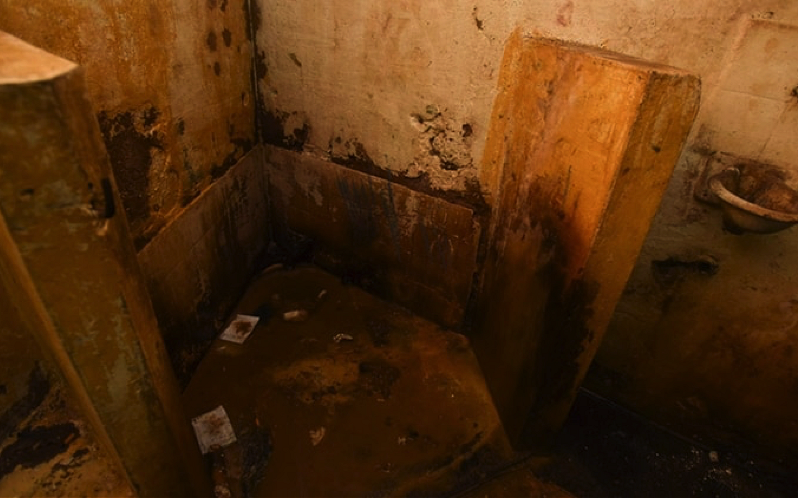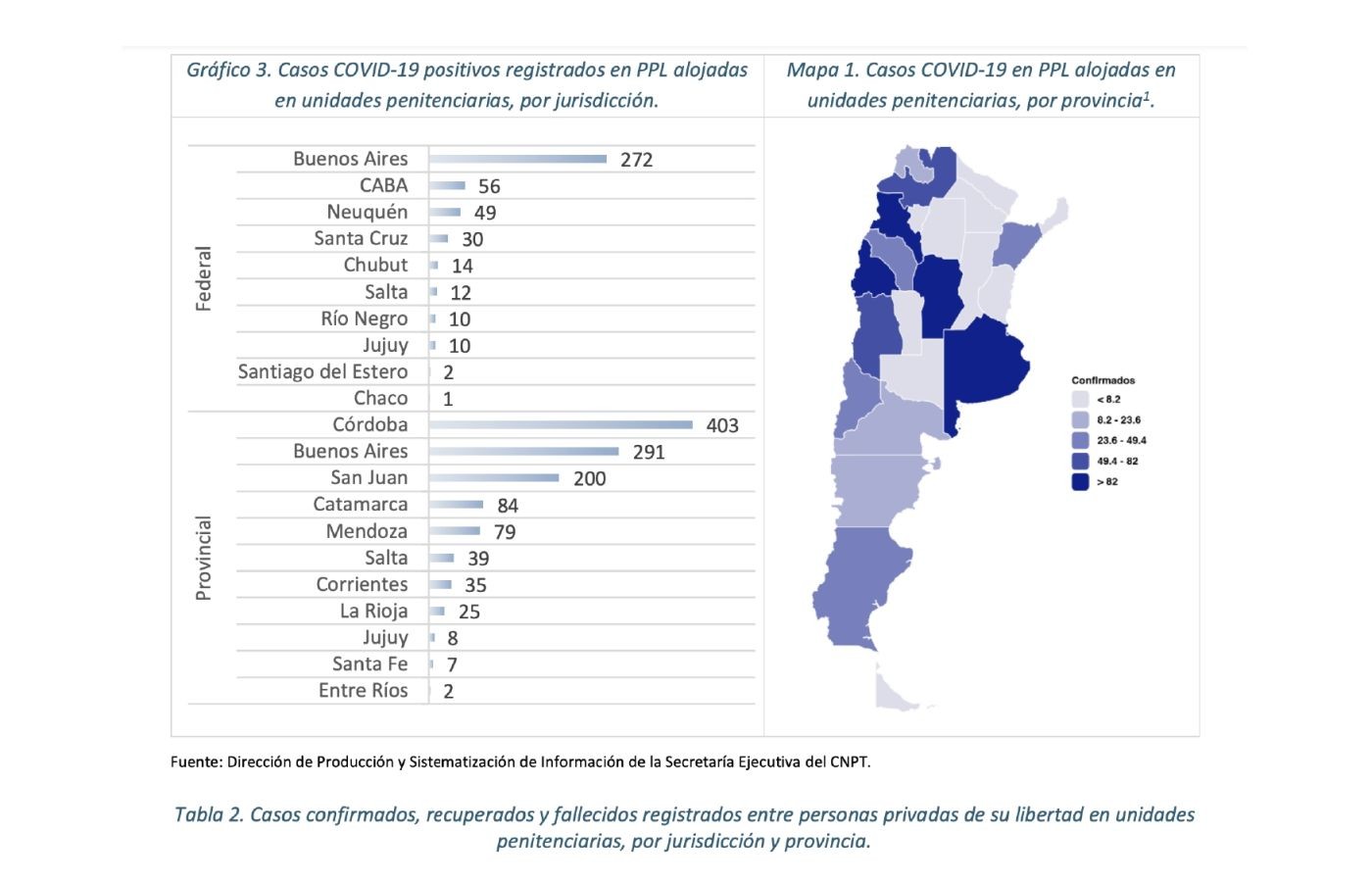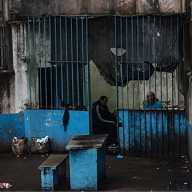Many protests have been taking place in Argentinian prisons since March 2020. Most protesters called for the implementation of sanitary preventive measures or for compensatory measures to the restrictions in place.
The first reported protest movement happened on 23 March 2020 simultaneously in different prisons, including Florencio Varela, Batán, Coronda and Santa Fe prisons. Several prisoners climbed on the roofs, others tried to escape. One prisoner died, and several were injured. The protestors demanded preventive measures and denounced the lack thereof. Five prisoners died following the uprisings. Four of them died at the Santa Fe prison, where a special forces operations corps (Tropa de Operaciones Especiales) intervened.
Confirmed or suspected cases amongst prisoners or penitentiary staff have also been the cause of uprisings. In the end of April 2020, a riot broke out at Villa Devoto prison after it was confirmed that one of the guards had tested positive for COVID-19. Prisoners demanded emergency sanitary measures and the implementation of release procedures. Some prisoners climbed on the roofs, set mattresses on fire and took over the control of two floors. One of their banners read: “We refuse to die in jail”. The protest lasted nine hours. Prisoners’ representatives agreed to meet with the authorities to discuss their demands. No casualties were reported.
By 23 April 2020, the Buenos Aires prison authorities recorded 1,184 prisoners on hunger strike. They were incarcerated in the following prisons: Unidad 41 de Campana (332 prisoners), La Plata (141), Unidad 48 de San Martín (97), Alcaidia de Olmos (70), Unidad 39 de Ituzaingó (42), Sierra Chica (26), Hornos (22) and Florencia Varela (25). Prisoners demanded to be placed under house arrest, as per the ruling of the Court of Appeal.
After the Buenos Aires riots, a “Dialogue Table” was set up: authorities and prisoners’ representatives discussed, and prisoners were able to express their great fear of the contagion.
In July 2020, prisoners in the San Salvador de Jujuy prison started a riot after hearing about positive cases and a sick prisoner in another facility. Authorities confirmed that there were no positive cases in this prison. Prisoners demanded better conditions of detention. The police was called in after three hours of rioting. Two prisoners died and the number of wounded was not reported. Also in July, prisoners at the 1st Police Station of Marcos Paz were worried about a positive case. They voiced this concern and 28 of them were beaten by the police. The Argentinian OIP denounced the violence and called for a court-appointed doctor to examine the wounds inflicted and the prisoners’ health conditions.
To respond some of the prisoners’ demands, and address the overcrowding, the Argentinian government launched infrastructure work in August 2020 in three Buenos Aires prisons. The objective was to have 1,350 new places by the end of the year and additional common spaces.
According to the Argentinian OIP, in the beginning of the pandemic, prisoners would follow the authorities’ decisions and readily agreed to stop seeing their families. However, the NGO stated that this measure should have been accompanied by extra precautions from the penitentiary staff. When prisoners found out that the infection started to spread mainly amongst the staff, they reacted strongly. Movements of panic started despite the fact that many had not been in direct contact with the infected officers.
The NPM has registered a total 80 movements of protests between March and November 2020. It highlighted that most of the incidents happened in facilities where there were no channels for dialogue that could allow a “peaceful management of conflicts”.
